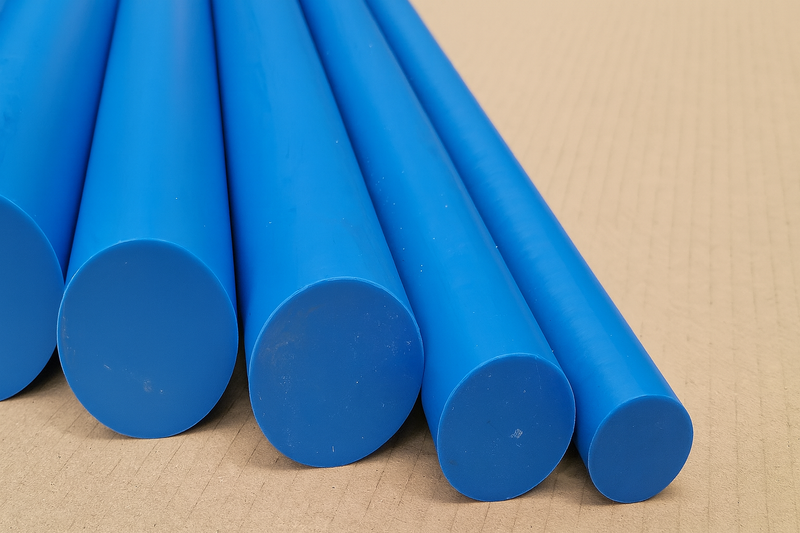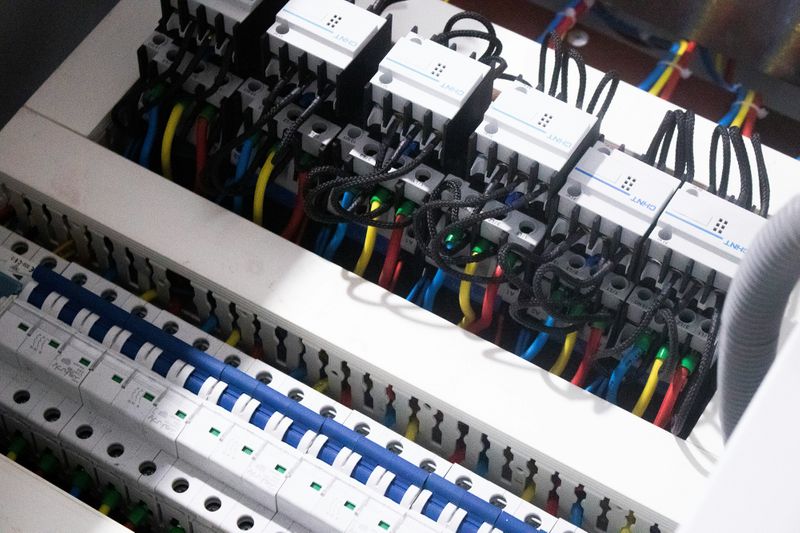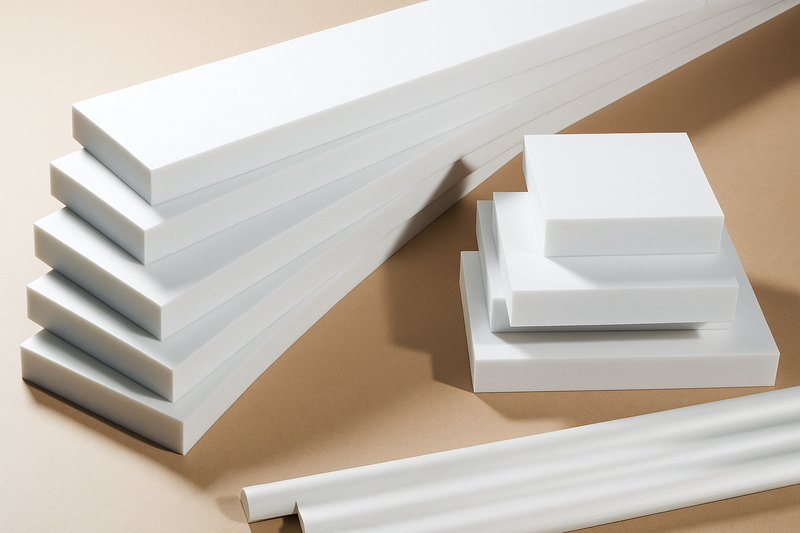Engineering plastics are a group of plastic materials that have superior mechanical and thermal properties compared to traditional plastics. They are often used in applications where traditional plastics would not be able to withstand the stress and heat. Two common forms of engineering plastics are sheets and rods.
Engineering plastic sheets are flat, thin pieces of plastic that can be cut and shaped to fit a variety of applications. They are often used in the manufacturing of parts for machinery, electronics, and automobiles. They can also be used as a substitute for metal in applications such as gears and bearings. The flat surface of the sheets makes them easy to machine and cut to size, making them a popular choice for many applications. They are also relatively easy to bend or roll to a certain degree, which makes them a versatile option for many projects.
Engineering plastic rods, on the other hand, are cylindrical in shape and can be cut to length for use in applications such as shafts, rollers, and bearings. They are also commonly used in the manufacturing of gears, conveyor rollers, and other mechanical parts. The cylindrical shape of the rods makes them ideal for use in applications that require a cylindrical shape, such as shafts and rollers. They can also be machined to create custom shapes, but the process is generally more difficult than working with sheets.
When deciding which form of engineering plastic is best for your business, it is important to consider the specific requirements of your application. If you need a flat surface, then sheets are the best option. However, if you need a cylindrical shape, then rods are the best option. Additionally, the size of your project is also an important factor to consider. If you are working on a large-scale project, sheets may be more cost-effective as they can be easily cut to size. However, if you are working on a small-scale project, rods may be more cost-effective as they can be cut to length.
Another important factor to consider when choosing between engineering plastic sheets and rods is the type of engineering plastic material you choose. Different engineering plastic materials have different properties such as heat resistance, strength, and chemical resistance. For example, some engineering plastics have a high heat resistance, making them suitable for use in high-temperature applications. Others have a high strength and can be used in applications that require a lot of force. Additionally, some engineering plastics have a high chemical resistance, making them suitable for use in applications that involve exposure to chemicals. It is important to choose the material that best meets the requirements of your application.
One of the most popular engineering plastics is Acetal (POM) which is known for its high strength, stiffness, and dimensional stability. Acetal is also known for its good chemical resistance, low moisture absorption, and excellent wear resistance. It is widely used in gears, bearings, and other mechanical parts. Another popular engineering plastic is Nylon (PA), which is known for its high strength, stiffness, and abrasion resistance. Nylon is also known for its good chemical resistance, low moisture absorption, and excellent wear resistance. It is widely used in gears, bearings, and other mechanical parts.
In summary, engineering plastic sheets and rods are both useful forms of engineering plastics that have different properties and uses. Sheets are best suited for applications that require a flat surface, while rods are best suited for applications that require a cylindrical shape. The specific requirements of your application, the size of your project and the type of engineering plastic material are all important factors to consider when deciding which form of engineering plastic is best for your business.








